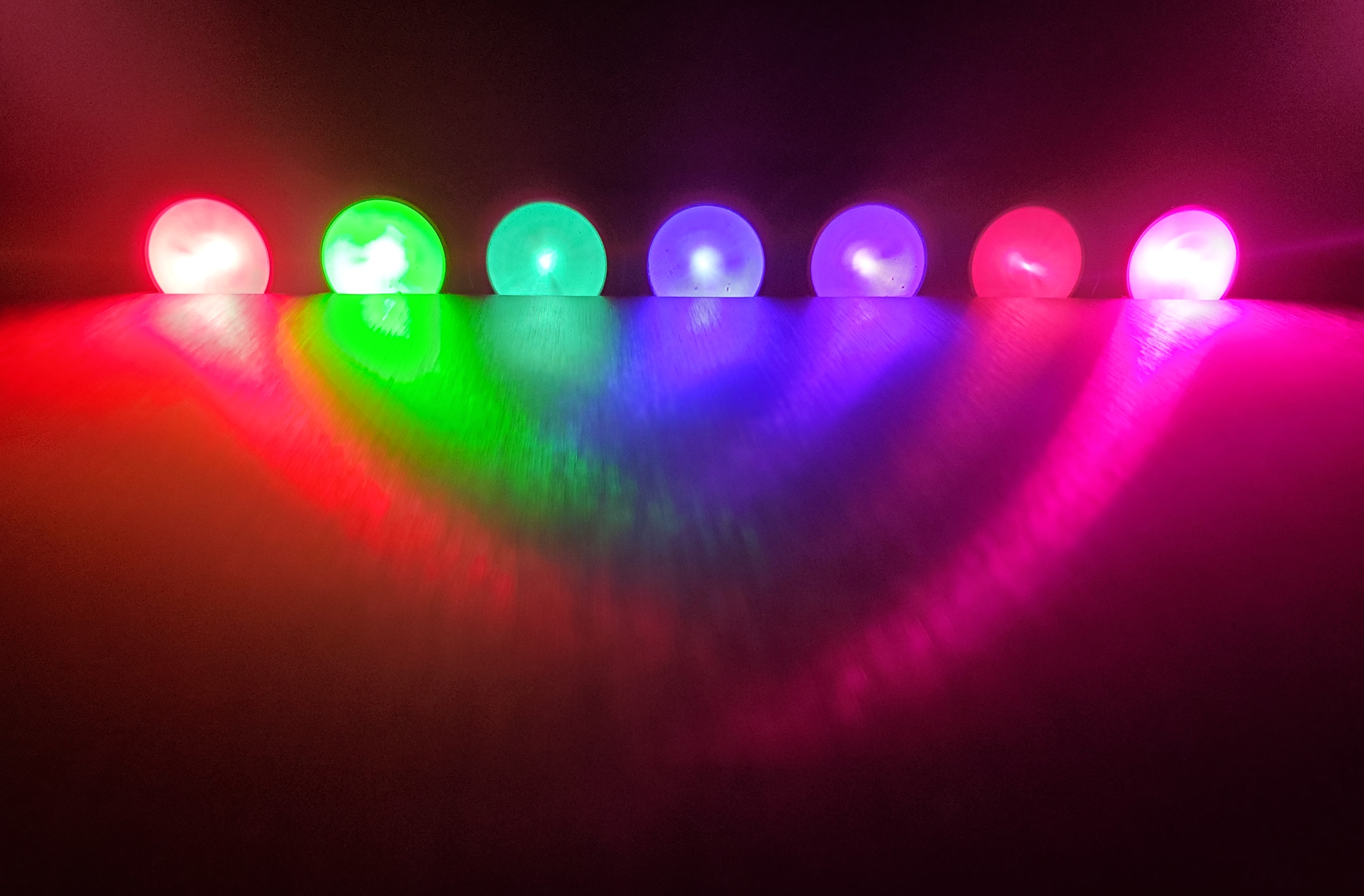What is Syntonics?

Syntonics or optometric phototherapy, is the branch of ocular science dealing with the application of selected light frequencies through the eyes. It has been used clinically for over 70 years in the field of optometry with continued success in the treatment of visual dysfunctions, including strabismus (eye turns), amblyopia (lazy eye), focusing and convergence problems, learning disorders, and the aftereffects of stress and trauma. In recent years, Syntonics has been shown to be effective in the treatment of brain injuries and emotional disorders.
Light is essential to life. Our planet revolves around the sun and all life on earth is sustained by sunlight. The Greeks were the first to document the use of phototherapy. Currently light is used on a variety of disorders from the “bili” lights used on jaundiced newborns to the more recent psychiatric use of while light for treatment of Seasonal Affective Disorder (SAD). In optometry the use of phototherapy to treat visual dysfunctions is called Syntonics.
Interest in the effect of light on the body intensified earlier this century. Most of the current therapeutic techniques used in syntonics are based on the work done by Dr. Harry Riley Spitler in the 1920s and 1930s. Dr. Spitler, who had both optometric and medical degrees, began researching and using phototherapy in 1909. Spitler, the author of “The Syntonic Principle”, conceived the principles for a new science that he called “Syntonics”. Syntonics, from the word syntony (to bring into balance), refers physiologically to a balanced, integrated nervous system.
Certain biochemical conditions in the brain need to be present before effective cortical plasticity and new functions can occur. Neurotransmitters trigger this biochemistry and allow for additional synoptic connections to initiate movement and growth in new directions. Colored light therapy can act as a powerful tool to stimulate the biochemistry of the brain through the visual system by way of the retinal-hypothalmus brain connection.
In conjunction with vision therapy, syntonics can help reverse visual dysfunctions such as:
- Strabismus (eye turn)
- “Lazy” eyes
- Convergence issues
- Divergence issues
- Focusing issues
These symptoms are typically seen in children with neurodevelopmental disorders such as:
- Autism
- ADHD
- Learning disabilities
- Sensory Processing Disorder
Syntonics can also help those with:
- Emotional issues
- Behavioral issues
- PANS/PANDAS
- Lyme disease
- Traumatic Brain Injury
- Other neurological diseases and disorders
What to Expect
Syntonics allows the visual field to broaden, which increases peripheral vision as well as improve visual processing.
In addition, syntonics can bring balance to the sympathetic (“fight or flight”) and parasympathetic (“rest and digest”) nervous systems.
Because of these effects, you may see improvements in your child, such as:
- Improved behavior
- Less irritability and/or anger
- Less anxiety
- Less aggression
- Better focus and concentration
- Improved school performance
